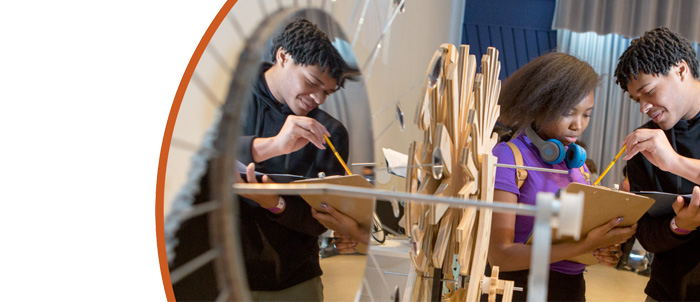Effects of diagrams and spatial skills on undergraduate students' illusions of understanding of introductory biology and geoscience texts
Effective Years: 2015-2020
A majority of people experience illusions of understanding when reading explanations of scientific phenomena. That is, people generally think they understood what they read better than they actually did. This self-assessment skill (referred to as monitoring) is critical in order for students to regulate their own learning and tailor their study behaviors so that they develop deep understanding of science topics. Interestingly, a number of recent studies have demonstrated that illusions of understanding may be especially likely when students are presented with diagrams or graphs alongside texts, even though these visualizations are generally intended to improve understanding. It is thus critical to identify ways to optimize the learning benefits of diagrams without creating such illusions of understanding.
The goal of this EHR Core Research (ECR) project is to explore how the inclusion of visualizations, such as diagrams or graphs, in scientific texts impacts studying, learning, and comprehension monitoring behaviors of undergraduate science students. The ECR program emphasizes fundamental STEM education research that generates foundational knowledge in the field. Investments are made in critical areas that are essential, broad and enduring: STEM learning and STEM learning environments, broadening participation in STEM, and STEM workforce development. This fundamental research on STEM learning will employ experimental designs to test when, how, and for which students these visualizations may cause illusions of understanding; whether these illusions differ by discipline or as a result of spatial skills; and whether different instructional or presentation conditions can help students to overcome these illusions and more effectively monitor their understanding. The studies will examine these questions in the context of first year college students studying introductory biology and geoscience courses at a diverse, urban public institution. An important theme of this work will be articulating the kinds of explicit training and skills that students may need before they can learn and monitor effectively from materials including visualizations. The results of this study will build foundational knowledge regarding the conditions that cause illusions of understanding of scientific texts, and how these illusions may be avoided. The knowledge gained will in turn help researchers and educators to design instructional materials that will equip students with the skills they need to thrive in science courses and persist in science courses and careers.




